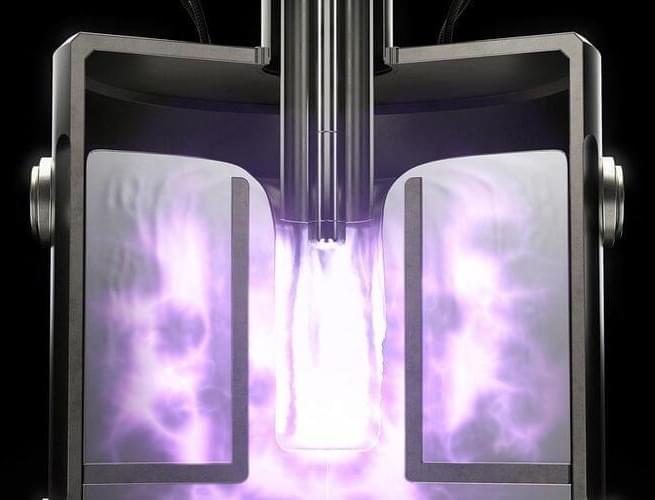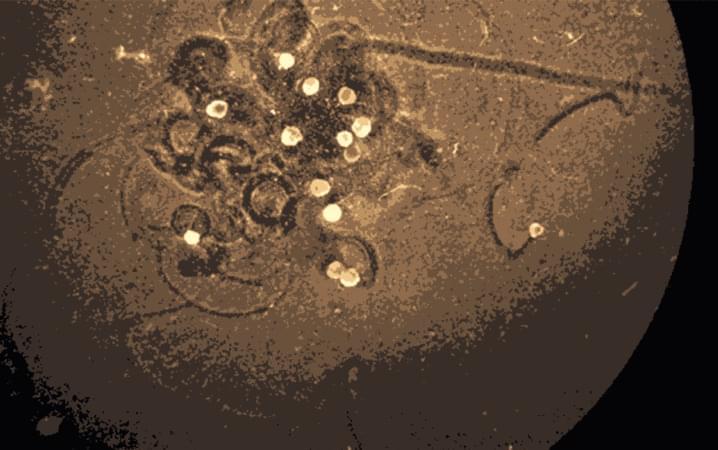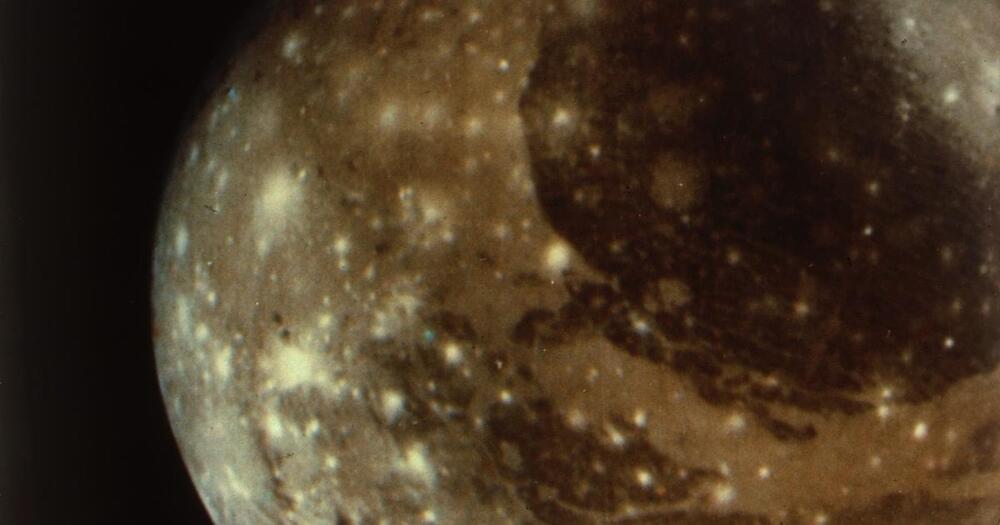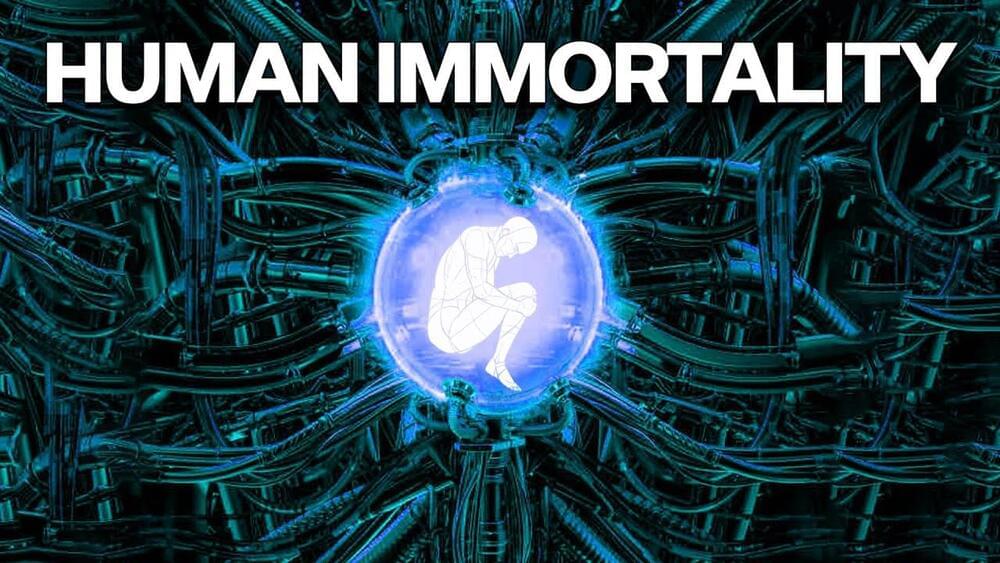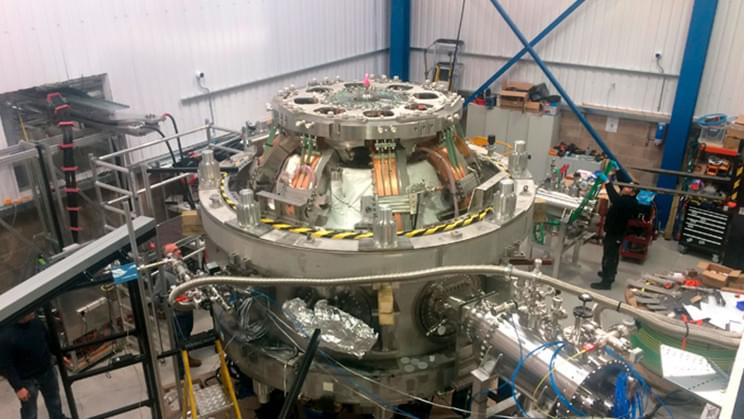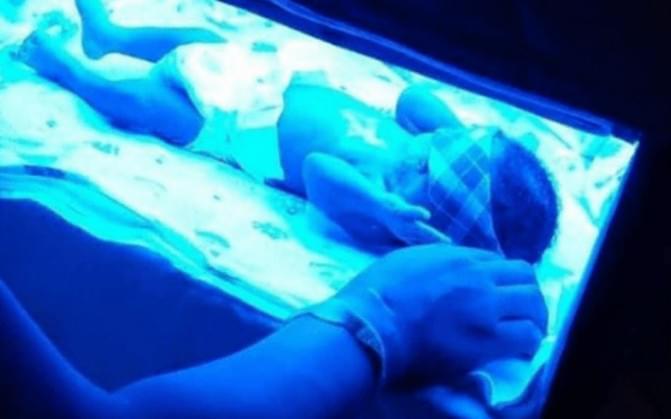Zap Energy’s new Z-pinch fusion reactor promises a simpler approach to an elusive goal.
The COVID-19 pandemic highlighted the devastating impact of acute lung inflammation (ALI), which is part of the acute respiratory distress syndrome (ARDS) that is the dominant cause of death in COVID-19. A potential new route to the diagnosis and treatment of ARDS comes from studying how neutrophils—the white blood cells responsible for detecting and eliminating harmful particles in the body—differentiate what materials to uptake by the material’s surface structure, and favor uptake of particles that exhibit “protein clumping,” according to new research from the Perelman School of Medicine at the University of Pennsylvania. The findings are published in Nature Nanotechnology.
Researchers investigated how neutrophils are able to differentiate between bacteria to be destroyed and other compounds in the bloodstream, such as cholesterol particles. They tested a library consisting of 23 different protein-based nanoparticles in mice with ALI which revealed a set of “rules” that predict uptake by neutrophils. Neutrophils don’t take up symmetrical, rigid particles, such as viruses, but they do take up particles that exhibited “protein clumping,” which the researchers call nanoparticles with agglutinated protein (NAPs).
“We want to utilize the existing function of neutrophils that identifies and eliminates invaders to inform how to design a ‘Trojan horse’ nanoparticle that overactive neutrophils will intake and deliver treatment to alleviate ALI and ARDS,” said study lead author Jacob Myerson, Ph.D., a postdoctoral research fellow in the Department of Systems Pharmacology and Translational Therapeutics. “In order to build this ‘Trojan horse’ delivery system, though, we had to determine how neutrophils identify which particles in the blood to take up.”
In news that definitely doesn’t sound like a dystopian nightmare, researchers in China have developed a machine that can charge people with crimes using artificial intelligence.
The scientists claim the technology can decide on charges with more than 97 per cent accuracy, based on verbal descriptions of the case. The machine was built as a time-saving device and tested by the Shanghai Pudong People’s Procuratorate, the country’s busiest district prosecution office.
Trained using more than 17,000 cases dating from 2015 to 2020, it can run on a desktop computer and decides whether to press a charge by analysing hundreds of “traits” obtained from a human-generated case description, South China Morning Post reports.
These are some of the fun science stories from this year that we couldn’t wait to talk about with friends.
Juno just picked up some odd frequencies at Ganymede, Jupiter’s largest moon, which hint at its structure below. This includes the possibility of water oceans.
Emerging technologies including AI, virtual reality (VR), augmented reality (AR), 5G, and blockchain (and related digital currencies) have all progressed on their own merits and timeline. Each has found a degree of application, though clearly AI has progressed the furthest. Each technology is maturing while overcoming challenges ranging from blockchain’s energy consumption to VR’s propensity for inducing nausea. They will likely converge in readiness over the next several years, underpinned by the now ubiquitous cloud computing for elasticity and scale. And in that convergence, the sum will be far greater than the parts. The catalyst for this convergence will be the metaverse — a connected network of always-on 3D virtual worlds.
The metaverse concept has wide-sweeping potential. On one level, it could be a 3D social media channel with messaging targeted perfectly to every user by AI. That’s the Meta (previously Facebook) vision. It also has the potential to be an all-encompassing platform for information, entertainment, and work.
There will be multiple metaverses, at least initially, with some tailored to specific interests such as gaming or sports. The key distinction between current technology and the metaverse is the immersive possibilities the metaverse offers, which is why Meta, Microsoft, Nvidia, and others are investing so heavily in it. It may also become the next version of the Internet.
Business Enquiries ► [email protected].
–
Undoubtedly the fear of death, encoded in our DNA to improve our chances of survival, is one of the least pleasant characteristics we are forced to live with. The idea that our life must have an end and then there is nothingness is not at all attractive, so it is not surprising that in the course of his history man has imagined countless ways to circumvent death.
Immortality (or eternal life) is the concept of surviving forever or for an indefinite period of time, without facing death or overcoming death itself.
Immortality can be intended in two main meanings, physical and spiritual. Physical immortality is generally conceived as the endless existence of the mind from a physical source, such as a brain or a computer. Spiritual immortality is generally conceived as the endless existence of an individual after physical death.
-
“If You happen to see any content that is yours, and we didn’t give credit in the right manner please let us know at [email protected] and we will correct it immediately”
“Some of our visual content is under an Attribution-ShareAlike license. (https://creativecommons.org/licenses/) in its different versions such as 1.0, 2.0, 30, and 4.0 – permitting commercial sharing with attribution given in each picture accordingly in the video.”
Credits: Ron Miller, Mark A. Garlick / MarkGarlick.com.
Credits: NASA/Shutterstock/Storyblocks/Elon Musk/SpaceX/ESA/ESO/ Flickr.
00:00 Intro.
Magnets could be the ‘secret sauce’ required for viable nuclear fusion.
Tokamak Energy, a company working on nuclear fusion technology, has recently announced a major breakthrough in its research and development. Testing of its cryogenic power electronic technology for its superconducting magnet’s high-efficiency operation was, by all accounts, a big success.
The company’s bid to provide the world with near-limitless energy uses a combination of spherical tokamaks and high-temperature superconducting (HTS) magnets. According to reports, tests of the new power electronics showed twice the efficiency of previous systems.
“We have now invented a new type of cryogenic power supply, based on the latest power electronics devices, that is highly efficient at low temperatures. This means we have the potential to reduce cryogenic capital and running costs for HTS magnets, by 50%, or more. This novel approach will provide significant cost savings, contributing to the achievement of commercial fusion energy,” said Tokamak Energy CEO Chris Kelsall.
Full Story:
A small box glowing with a brilliant blue light has saved the lives of numerous babies since its inception, and it’s only getting started.
This innovative box is called Crib A’Glow, and it’s a low-cost phototherapy solution for treating newborn babies with neonatal jaundice, a condition in which a baby’s skin and the whites of the eyes appear yellow due to excess bilirubin. When untreated, this ailment, which is extremely common as newborns haven’t developed the liver function to properly process the bilirubin, can cause hearing loss, blindness, brain damage, and even death, which is why instant treatment is recommended. This is where the novel phototherapy unit comes in.
Crib A’Glow was developed by Virtue Oboro 0, a mother and graphic designer from Nigeria, after her son’s experience with jaundice. Shortly after giving birth in 2015, Oboro noticed the classic yellow hue commonly associated with the disease in her son, and right after, he was diagnosed with jaundice. However, due to a lack of available phototherapy units in the hospital, his health deteriorated to the point that a blood transfusion was needed immediately. Her son survived the incident; however, Oboro was a changed woman after that.
Apparently, China has managed to launch three new ships in a day.
According to sources like the Alibaba Group-owned South China Morning Post, Chinese ship makers managed to launch three new warships on Christmas Eve 2021. Destined for Thailand, Pakistan, and their own fleets, these ships are some of the country’s most advanced vessels.
Almost a mockery of the Christmas hymn I Saw Three Ships\.
